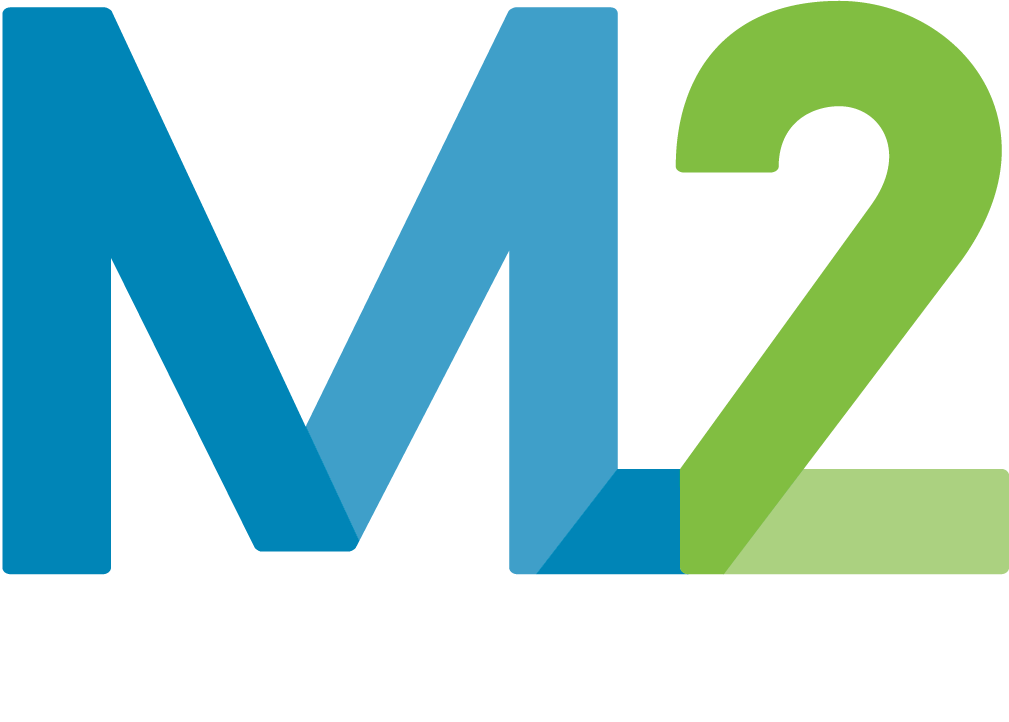Consulting Engineers of Alberta
Showcase Awards 2019
Small Firm - BIG IMPACT
AWARD OF EXCELLENCE
Horse Lake First Nation
Water Treatment Plant
The Horse Lake First Nation Water Treatment Plant Upgrades project addressed several issues of the community’s existing water treatment system: aged treatment/distribution infrastructure beyond its design lifespan; elevated levels of manganese, TDS, sodium, and turbidity in the treated water above Health Canada limits; treatment consisting solely of sodium hypochlorite addition; and, various issues related to the old condition of the groundwater well system.
When M2 Engineering started working with Horse Lake, the community water was brown and unusable, and the public had lost all faith in their water supply.
To make this project a success, our team knew we needed an innovative approach that would bring the community together to ensure trust could be regained in the community water supply. Throughout the project we involved administration, operations, and community members to teach them about the project and get them excited about their new water. With this approach, we have improved the public perception of water quality and regained their trust in its use. The facility is designed to provide clean drinking water for both current and future generations.
Consulting Engineers of Alberta
Showcase Awards 2020
Small Firm - BIG IMPACT
AWARD OF EXCELLENCE
Big Lakes County
Joussard Water Treatment Plant
Over the past 10-years, Joussard has become a desired destination for its recreational activity and the relaxing lake life, which is enticing many people to visit and move to the area. With the increase in development, the community has experienced an increase in water demands which put stress on the existing water treatment infrastructure. The water treatment plant could not sustain the increasing demands and was struggling to treat the degrading source water quality from Lesser Slave Lake.
Big Lakes County was concerned the water treatment plant was not supporting the growth in the area and providing quality potable water.
The new water treatment process incorporates many treatment tools to allow for treatment adjustments necessary to manage the changing water quality of Lesser Slave Lake, including a robust and resilient treatment system to target the most challenging water treatment issues.
The Joussard Water Treatment Plant now has the treatment capacity and the treated water storage capacity to satisfy the peak potable water demands for 25-years into the future. There is redundancy built into the system from the raw water intake, through the treatment process, and in the distribution system. This will allow the community to grow and prosper to its full potential.
Consulting Engineers of Alberta
Showcase Awards 2020
Small Firm - BIG IMPACT
AWARD OF MERIT
Structural Rehabilitation of the Wetaskiwin Garden Meadows Reservoir
The City of Wetaskiwin Garden Meadows Reservoir was constructed in 1981 and includes two underground storage cells and a pump station. After 35+ years of service, visibility deteriorating concrete of the reservoir structure raised concerns of untreated water ingress into the potable water reservoir.
M2 Engineering began working with the City in 2016 to perform an initial structural assessment. The extent of structural investigations during the planning and design stage were limited due to the requirement that the reservoir and pump station be in service full-time without interruption. To make this project a success, our team knew we needed to be prepared for the degree of difficulty that experience has led us to expect for a retrofit project of this nature. Project challenges we identified early on included: dealing with an old structure that may not meet current codes and standards; maintaining fire flow and fire storage during the repairs; engaging an experienced concrete repair contractor; and planning for possible concealed conditions and/or unknowns.
The initial structural assessment identified several issues of the existing facility, including: no water proofing materials, soft and delaminated concrete, deteriorated reinforcing, and surface and wall cracks. In addition, the condition of the water retaining structure was poor and the potential existed for outside water to leak into the potable drinking water supply.
The extent of the deterioration was assessed, repairs were deemed feasible, and rehabilitation proved to be more economical than a reservoir replacement. The structural rehabilitation approach adopted was to target a renewed life extension of 20-years. Comprehensive repair and upgrades were successfully completed through teamwork between M2, the City and the contractor. The thorough rehabilitation has allowed reservoir replacement to be deferred for two decades and the completed repairs ensure drinking water quality will be maintained well into the future.
Consulting Engineers of Alberta
Showcase Awards 2022
Water Resources
&
Small Firm - BIG IMPACT
AWARD OF MERIT
Driftpile Cree Nation
Wastewater Treatment Facility
Traditional wastewater lagoon design focuses on treatment of Total Suspended Solids and Biochemical Oxygen Demand. Traditional wastewater lagoons are not designed for treatment of Total Phosphorus, Total Ammonia, or Unionized Ammonia, parameters which are now a regulatory focus even for smaller communities. Modern day treatment requirements for wastewater systems are more complex and traditional lagoons are less likely to be a fit for small communities. However, mechanical wastewater treatment plants are costly, complex and challenging to operate.
Our solution for Driftpile Cree Nation falls within the realm of a hybrid-lagoon, which combines an aerated lagoon approach with partial mechanical features and biological treatment for nitrification.
The main treatment parameters targeted for reduction include: Total Suspended Solids, Total Phosphorus, Total Ammonia, Unionized Ammonia, and Biochemical Oxygen Demand. The wastewater treatment process is a pond-based treatment system consisting of a headworks facility with mechanical screening and aluminum sulphate addition for phosphorus reduction, two aerated ponds with partial mixing, and two aerated submerged attached growth reactor cells.
The treated effluent is discharged continuously to Driftpile River, a river that feeds into Lesser Slave Lake and the Lesser Slave Watershed. Locally, Driftpile River serves a recreational and leisure purpose for the community. On a larger scale, the Lesser Slave Watershed is a recreational area used by many communities in Northern Alberta that share geography around Lesser Slave Lake.




